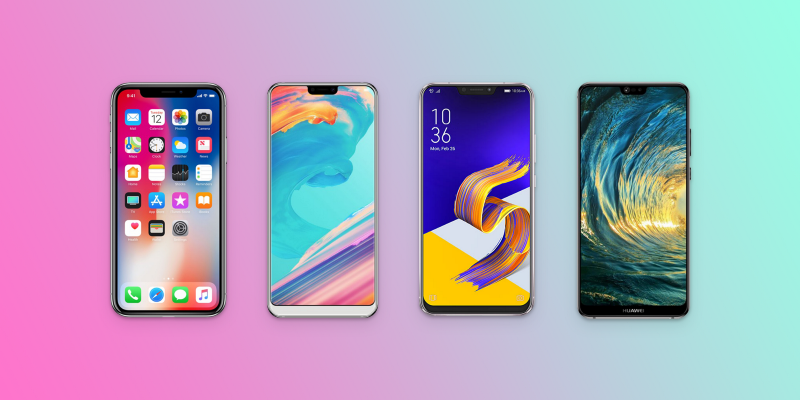by Teo Yu Siang
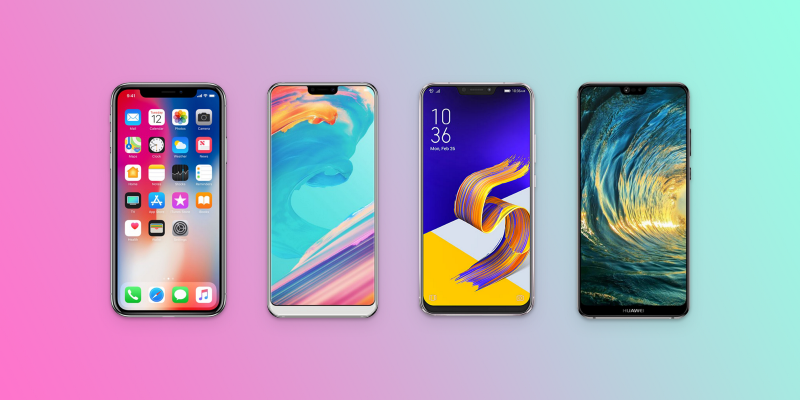
Bad artists copy, great artists steal—or, how to become a great designer
At Mobile World Congress 2018, something strange and interesting happened. No, I’m not talking about Samsung’s new S9 and S9+ phones (though they are interesting, all right).
I’m referring to the weird phenomenon of Android phone makers copying one of the iPhone X’s worst features—its wildly controversial notch.
To provide some background, the iPhone X, released in late 2017, features an all-screen design except for a notch, a cut-out at the top of the screen, that houses all the sensors required for FaceID, its new facial authentication method.
At its worst, the notch represents a compromise that Apple took in its attempt to push for an all-screen design while requiring a set of sensors for facial authentication.
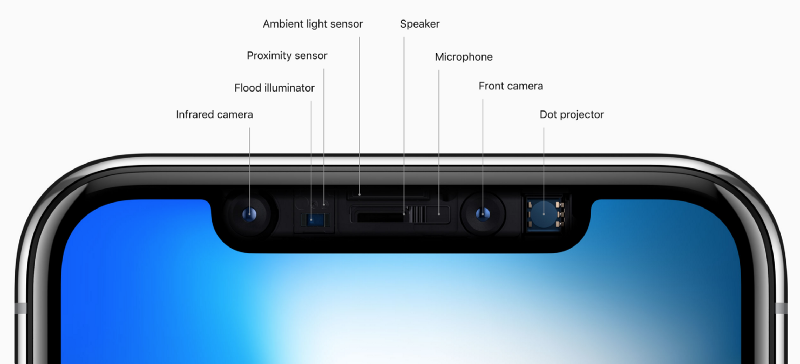
Many of the new Android phones released in MWC2018 (as well as those slated to be released later in the year) feature a notch at the top of their screens. Asus’ Zenfone 5, Huawei’s P20, Oppo’s R15, and Ulefone’s T2 Pro all seemed to have jumped on the bandwagon and decided on a top-notch design. Heck, even LG’s rumoured G7 is likely to feature a cut-out at the top of its screen.
If you need more proof that notches are going to be a thing in Android smartphones, look no further than Android P’s beta, which has now added official support for displays with a cutout at the top.

The worst part? None of these phones house additional sensors in their notches to offer accurate facial recognition. In other words, these notches are purely cosmetic copies of the iPhone X’s design.
This brings to mind a quote popularised by Steve Jobs:
Good artists copy, great artists steal.
To which I would like to make the following amendment, if just to add a little dramatic flair:
Bad artists copy, great artists steal
The difference between copying and stealing
So what’s the difference between copying and stealing? After all, both acts sound equally unethical.
To understand this often-repeated quote, let’s trace it back to one of its earliest sources. In 1920, the famous poet T. S. Eliot made this remark in an essay on poetry:
Immature poets imitate; mature poets steal; bad poets deface what they take, and good poets make it into something better, or at least something different. The good poet welds his theft into a whole of feeling which is unique, utterly different from that from which it was torn; the bad poet throws it into something which has no cohesion.
In other words, the difference is in the intent.
When you copy something, you’re imitating its features for the sake of creating resemblance. On the other hand, when a thief breaks into your home, he/she doesn’t steal the floor mat. Your floor mat is worthless. The thief steals your jewelry.
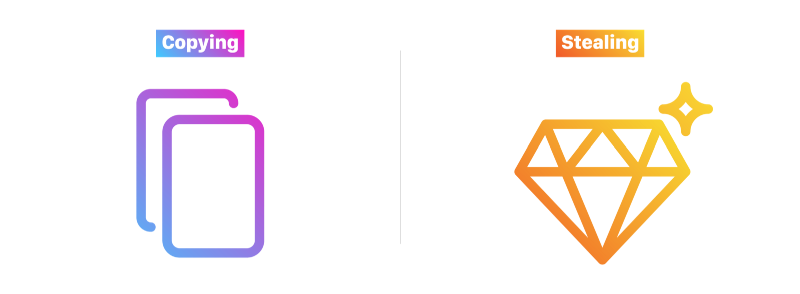
Stealing happens when you recognise the value in something, and apply it to your designs. It’s done with intention, with the purpose of making your design even better than it was. And most times, stealing also comes with the improvement of that which you’ve stolen, if only to make it fit perfectly within the context of your own designs.
Don’t copy. Steal.
Copying is when Asus, Huawei, and Ulefone looked at the iPhone X and decided that their new flagships would also come with a notch at the top of their screens.
Copying is when Samsung observed Apple’s Animoji—a feature Apple built into the iPhone X to make its new 3D facial recognition technology seem friendly and fun—and decided to build its own AR Emoji despite the fact that the S9 lacks sensors to track 3D movement in real time.
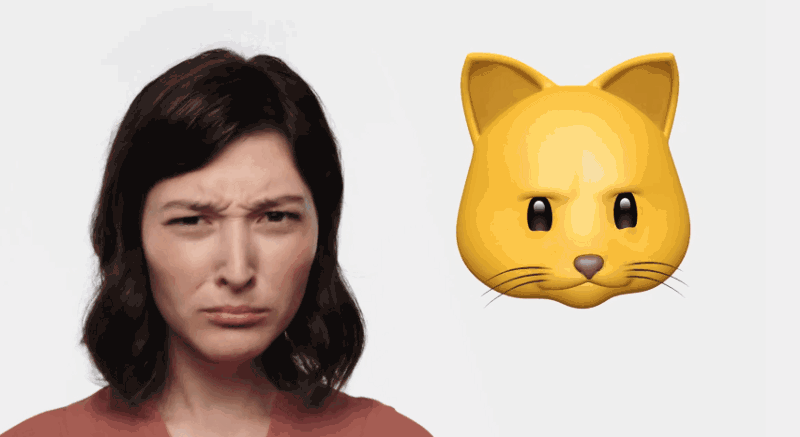
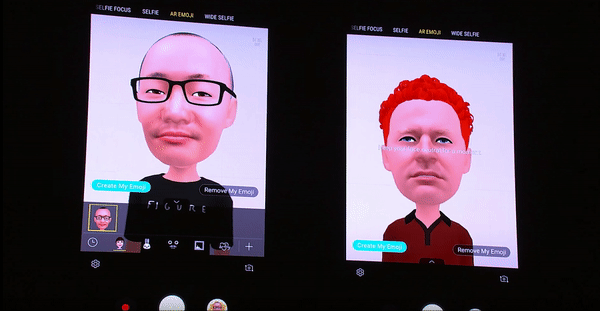
Stealing, on the other hand, is when Google realized the value of using a two-lens camera system to simulate the shallow depth of field effect found in professional SLR cameras. Google then went ahead and improved it after realizing that it could recreate the effect of having two lenses by using minuscule differences in the two halves of each pixel captured on a single lens. Thus, the Pixel 2 and 2XL phones have just one camera, but with the help of a superior algorithm they’re able to reproduce simulated depth of field photos.
Stealing is when Apple saw the promise of the Kinect’s 3D motion-sensing technology and decided to incorporate an improved version of that technology into the iPhone X to enable accurate 3D facial recognition.
Stealing is also when Japanese train designers saw the aerodynamic superiority of birds’ smooth beaks, and decided to apply this feature to create faster and quieter bullet trains.

So don’t copy — steal.
Don’t blindly emulate design patterns just because they worked for a product or service. See the value of what was done—understand the reasons for its success—and then think about how you can improve it when you apply it to your designs.
This way, you can become a great designer. Because you’re not just throwing a copied feature into your product. Instead, you’re adding value and making an idea your own. And this way, your inspirations will come not just from designs you find in your industry—they’ll come from everywhere.
